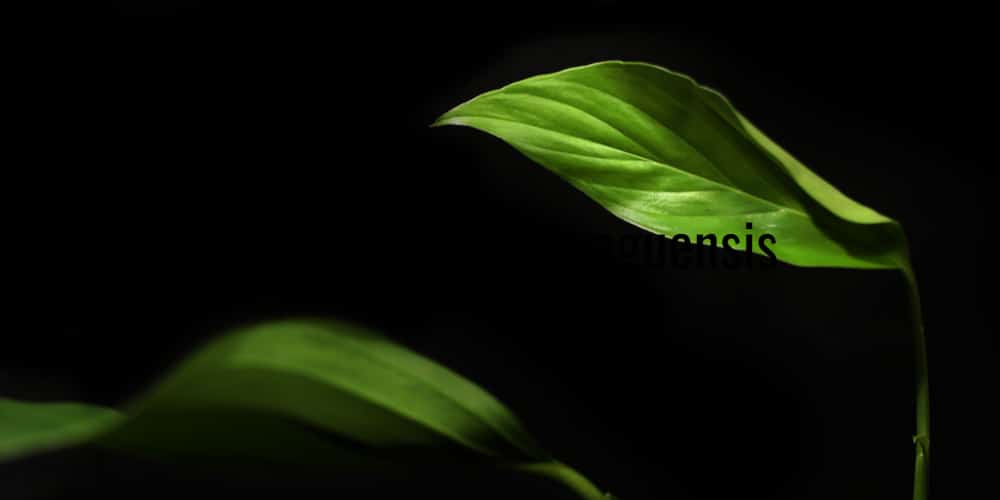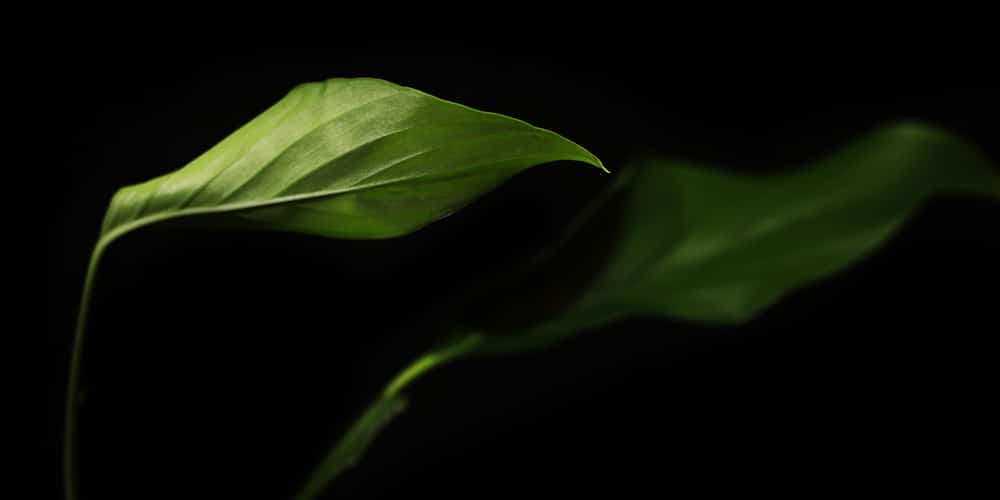Monsteras are everyone’s favorite. Almost every plant enthusiast has a monstera plant in their home. If you are a monstera collector and are looking for another variety to add to your collection, then look no further than Monstera Acacoyaguensis. The name may sound intimidating, but growing this monstera plant is just an easy task.
Monstera Acacoyaguensis is a rare beauty, and only a few collectors have this variety. If you take good care of this monstera plant, you’ll be rewarded with a beautiful monstera plant that is Instagram-worthy. But let’s be honest, monsteras are a bit fussy with their growth requirements, and if you live in areas with harsh or cold winters, keeping your monstera plant alive is a real struggle.
But don’t worry, we’ve got your back! Here is everything you need to know about Monstera Acacoyaguensis and how to keep this plant thriving indoors or outdoors.
Monstera Acacoyaguensis Quick Facts

- Botanical Name: Monstera Acacoyaguensis
- Common Name: none, but others also call it a Swiss Cheese Plant
- Plant Type: evergreen hemiepiphytes perennial
- Flower Color: light yellow to green spathe and cylindrical spadix
- Size When Mature: 4 to 6 feet
- Bloom Time: All-year, once the plant matures
- Sun Requirements: bright, indirect light
- USDA Hardiness Zone: 10b to 12
- Soil PH Range: 5 to 7.5
- Soil Type: Organic-rich, well-drained, and aerated
- Water Needs: Medium
- Native Area: Guatemala, Belize, Mexico
What You Need to Know About Monstera Acacoyaguensis
Monstera Acacoyaguensis is a tropical climbing plant native to Central America. You know very well that this region enjoys warm and humid weather conditions. Just knowing this will already give you ideas as to what this specific monstera plant likes. Monsteras are remarkable for their huge leaves that will really make your house look like a jungle.
Same with Monstera Acacoyaguensis, whose leaves are even similar to those of Monstera Adansonii. Its leaves are adorned with perforations or holes, but the entire margin is retained. Also, the leaves of Monstera Acacoyaguensis are bigger, floppier, and have a darker green color than those of Monstera Adansonii. The flower of Monstera Acacoyaguensis has a longer spathe, spadix, and peduncle than the flower of Monstera Adansonii.
When you grow a Monstera Acacoyaguensis at home, the plant can grow up to 4 to 6 feet long. Once the plant matures, it will bear flowers that are typical of monstera plants. The flowers have a thick, light yellow to green spathe and a cylindrical spadix. It is rare to see monsteras bear flowers indoors, but in their natural habitat, it is possible to witness their beautiful flowers. Monstera Acacoyaguensis may be a little bit picky about its growing environment, but once you provide the humidity, temperature, and lighting that they require, caring for them will be a piece of cake. If you have children or pets inside your house, you need to keep them away from Monstera Acacoyaguesis because this plant is toxic to humans and animals.
How to Care for Monstera Acacoyaguensis
If you are a monstera lover and are already taking care of a monstera plant in your garden or inside your house, then the growth requirements for Monstera Acacoyaguenis will appear familiar to you.
Being a monstera plant and originally thriving in warm and humid climates, Monstera Acacoyaguensis has similar requirements to most monstera plants. If you want the monstera plant to thrive and even bear flowers inside your house or garden, you just need to recreate its natural habitat in the rainforest. Here is everything you need to know about growing and caring for a thriving Monstera Acacoyaguensis.
Light
Bright, indirect light is needed for the Monstera Acacoyaguensis to grow and thrive. If you can’t provide this, the plant can also tolerate medium, indirect light. You can also use artificial light if you live in a place with low light. Without bright light, the leaves of the monstera plant will not be green but yellow. Probably the most important thing is to avoid placing the plant in direct sunlight.
Take note that Monstera Acacoyaguensis lives in the rainforest, where it is shaded by tall trees. This monstera plant cannot tolerate direct sunlight, especially in the afternoon. Too much sunlight will scorch and bleach its leaves. As a houseplant, this monstera plant should definitely go where it can receive bright, indirect light. If you place it outdoors, it should be shaded.
Water and Soil Needs
Monstera Acacoyaguensis is very sensitive when it comes to watering. It requires adequate water for moisture, but once you overwater the plant, it can immediately cause problems. The plant likes moist, not very wet or soggy, potting mix, and to get this, you only water the plant once the top 1 to 2 inches of the soil becomes dry.
Overwatering can result in root rot, while a lack of water can result in the curling or drooping of leaves due to arid soil. To avoid soggy soil and roots soaked in water, you need a well-drained soil type for Monstera Acacoyaguensis. The soil must also be aerated, organic-rich, and slightly acidic to neutral, which is somewhere between 5 and 7.5 pH.
Temperature Requirements
There’s a reason why Monstera Acacoyaguensis is best grown as a houseplant. This is because this monstera plant cannot tolerate cold climates. Being a tropical plant, Monstera Acacoyaguensis loves humid and warm environments. It thrives best in USDA hardiness zones 10b to 12. This means that the lowest temperature it can tolerate is 35 degrees F. If you live in USDA hardiness zones 10b to 12, you can easily grow Monstera Acacoyaguensis outside, but make sure that you choose a shaded planting location.
For those living in areas with cold winters, it is best to grow the plant indoors. Set the room temperature somewhere between 65 and 80 degrees F. Do not lower the temperature to 50 degrees F because it can slow down and stop the growth of the monstera plant. The humidity level should also be somewhere between 50% and 80%.
Fertilizer
Use fertilizers only during the growing season, which is in spring and summer. The best fertilizer to use on a Monstera Acacoyaguensis is an all-purpose balanced houseplant fertilizer. Put fertilizer every month during the spring and summer. Stop putting fertilizers when fall or winter comes because they don’t need food in times when they are not growing.
Common Diseases
Root rot, yellowing leaves, curling leaves, and leaf drop are common problems in growing Monstera Acacoyaguensis. These problems occur when you don’t provide the plant with its growth requirements. Overwatering will cause root rot and yellowing leaves. Improper light and lack of nutrients can also cause yellow leaves.
Underwatering causes curling leaves. Leaf drop will happen when you provide low humidity and freezing temperatures. Common pests for Monstera Acacoyaguensis include mealybugs, spider mites, thrips, and scale. You can easily get rid of these pests with the use of a horticultural oil spray.
Monstera Acacoyaguensis Propagation
Stem cutting is the easiest way to propagate Monstera Acacoyaguensis and you should do this in spring. Select a healthy, mature stem that is about 4 to 6 inches long and has at least 2 nodes. With the use of a sterilized pruning shear, cut this stem.
Remove the lower leaves and apply some rooting hormones if you want to help the cutting develop roots quickly. You can plant the cutting in a potting mix or in water. Remember the humidity, lighting, and temperature requirements of Monstera Acacoyaguensis and provide these to the cutting. Roots should appear after 3 to 4 weeks. Transplant the cutting if it has already grown a new leaf and the roots are at least 2 inches long.
How to Prune Monstera Acacoyaguensis
Monstera Acacoyaguensis doesn’t need much pruning. You only trim the plant when you spot diseased, dead, or damaged leaves. Doing so will create more room for new growth. You can also trim long vines to help control the shape of the plant. This will also encourage branching. Just make sure that before you prune you sterilize your pruning knife or scissors with rubbing alcohol or any household disinfectant.
